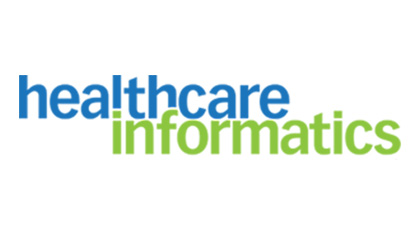
When I first started covering health IT three years ago, one of the things that interested me most was the OpenNotes movement, originally a 12-month pilot initiative which brought together 105 primary care doctors across three leading healthcare organizations—and more than 19,000 of their patients—to evaluate the impact on both patients and physicians of sharing doctors’ notes after each patient encounter.
The reason this program fascinated me so much was because I wasn’t sure how I felt about it. On one hand, I knew that healthcare needed to be more patient-centric, and allowing patients to read their notes certainly should increase their understanding of their health, thus enabling more control. It would be hard to deny that. On the other hand, valid questions arise when you open this door, such as, will doctors be as candid with their notes and are all patients with all conditions ready for this kind of responsibility and control? These concerns, too, would be hard to deny, even for OpenNotes’ biggest supporters.
Personally, one-sided debates with slam-dunk conclusions don’t fascinate me as much as arguments that have valid points on both sides. I even blogged about OpenNotes in 2013, unsure which side I was on. As such, I have closely followed this initiative for the last three years looking for research and evidence to sway me towards one side or the other.
Well, we’re closing in on the end of 2015 now, and I can safely say that I have been swayed: I’m a believer.
Read more of Rajiv Leventhal’s story here!



